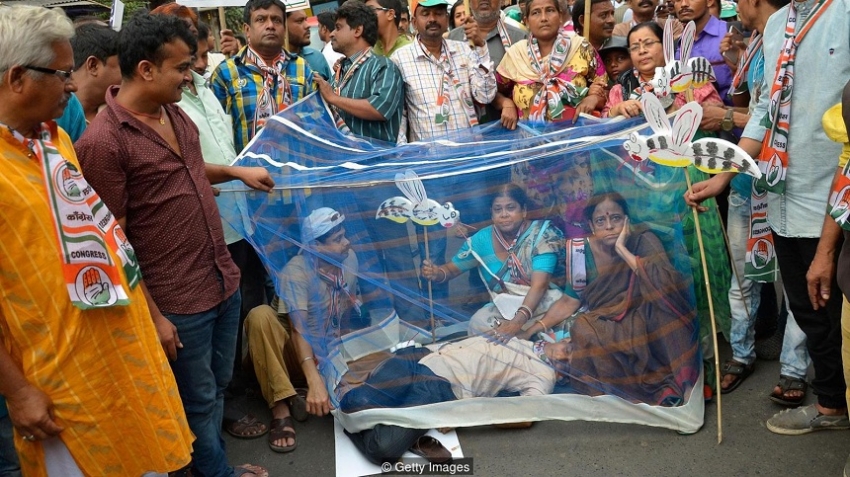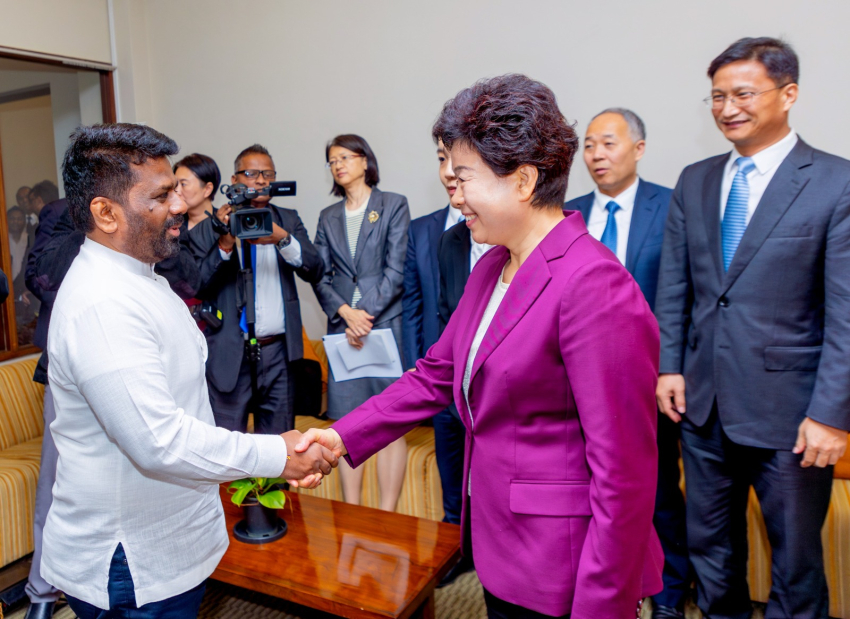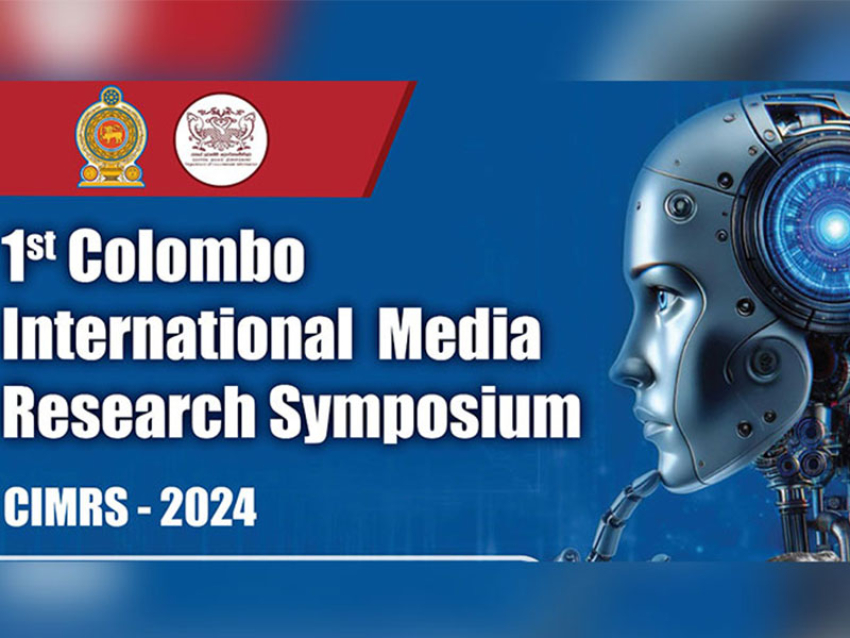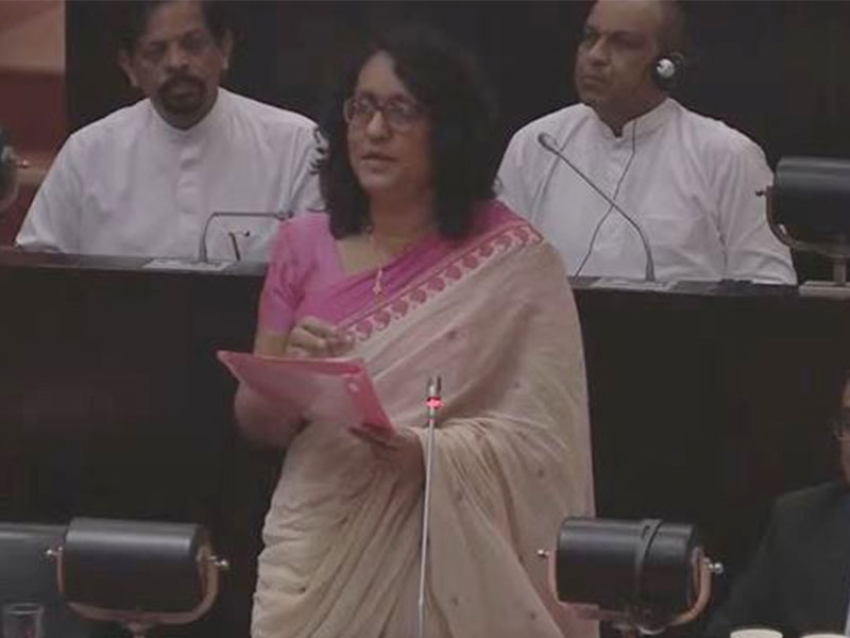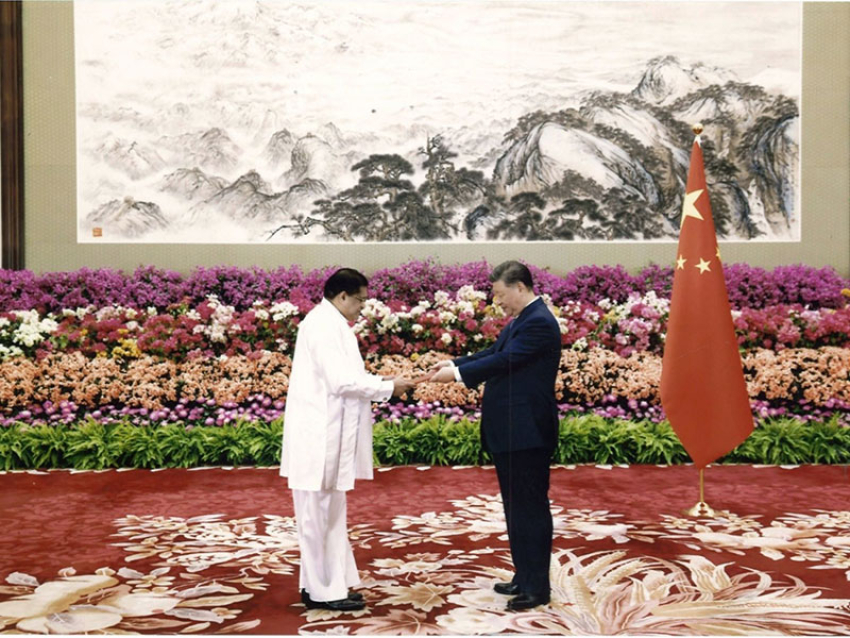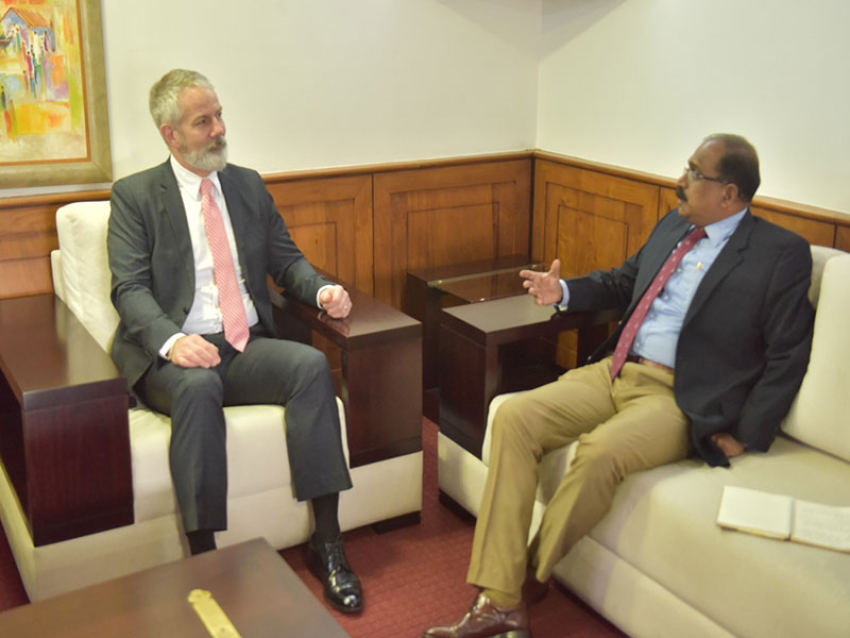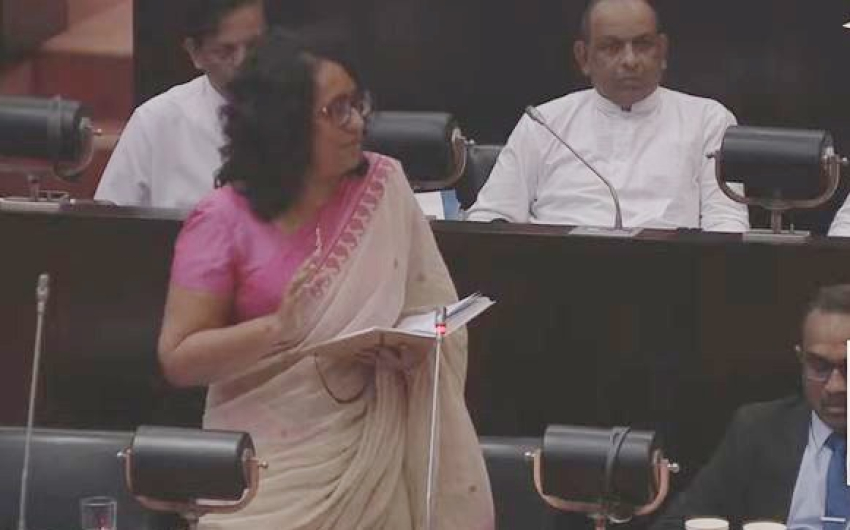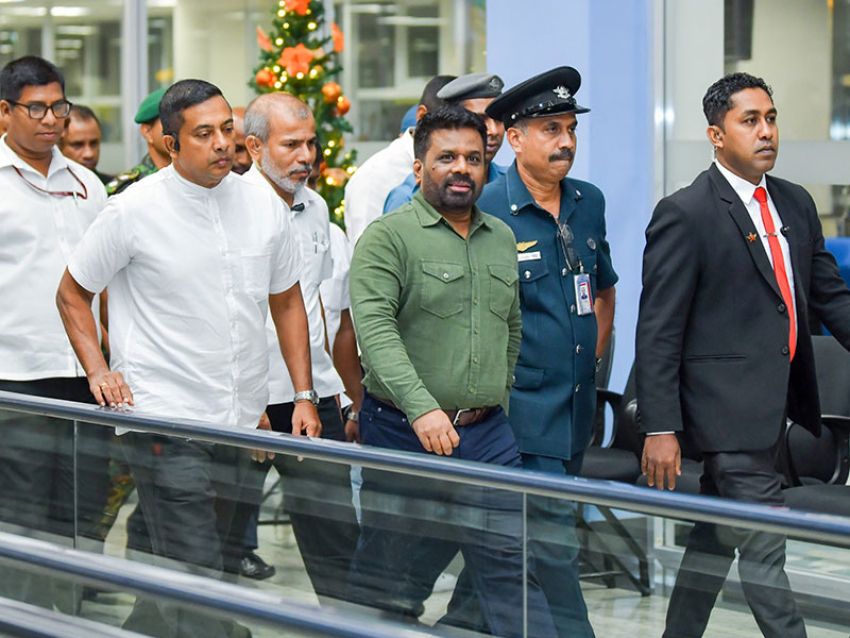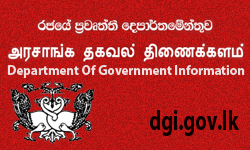Successfully wiping out malaria in Bhutan requires balancing Buddhist sanctity of life with prevention and treatment.
By Christine Ro in Bhutan
26 September 2019
“At night there are so many mosquitoes, we can’t stay outside,” says young, smiling Madhavi Sharma, whose family farms rice and cattle in the southern Bhutanese village of Samteling. They often spend their evenings in the kitchen, where they cook over an open fire whose smoke drives the insects away.
Sharma was educated up to Grade 10 (up to 16 years old), and through word of mouth and government campaigns has absorbed plenty of information about the threats of malaria and dengue fever, which are both transmitted by mosquitoes. The Sharmas don’t keep stagnant water lying around. And they use the long-lasting insecticidal nets distributed for free by the government: there’s even a little one for the 14-month-old baby, who sleeps on a homemade hammock crib downstairs.
Their home is also sprayed with insecticide twice a year. However, the Sharmas have plastered the walls of their house with mud and dried cow dung, making the indoor residual spraying (IRS) ineffective for now. The house has openings in the walls, rather than doors and windows, so nets are especially important.
The nets, the spray and the public awareness all point to the Bhutanese government’s strong push to reduce malaria, which began in the 1960s. Cases have dropped dramatically, from a 1994 peak of about 40,000 cases (including 68 deaths) to 54 in 2018 (of which only six cases were indigenous). The sole fatality in 2017 was a 21-year-old soldier deployed to the Bhutan-India border who arrived at a hospital too late for doctors to treat his cerebral malaria.
A man sprays a property with insecticide – a practice that remains controversial with some people in Bhutan (Credit: Getty Images)
Malaria robs people of their productivity, their wellbeing and, in the worst cases, their lives. So Bhutanese officials are now sprinting towards the finish line: zero malaria. But to get there speedily, before climate change and drug resistance derail their efforts, it will be crucial for Bhutan to look to its giant neighbour to the south: India.
From Buddhism to malaria prevention
When a country reaches malaria-free status, as a handful do each decade, it’s justly cause for celebration. This frees up resources for other health conditions. Plus, stamping out the killer parasites entirely means that they won’t have a chance to evolve or develop immunity to a limited arsenal of malaria drugs.
But it’s also worth reflecting on whether that milestone could have been achieved sooner.
One interesting challenge in Bhutan was the Buddhist aversion, in this deeply religious country, to killing any life form
One interesting challenge in Bhutan was the Buddhist aversion, in this deeply religious country, to killing any life form, even a disease-carrying mosquito. Thus the officials spraying buildings with insecticide had to reframe this practice. Rinzin Namgay, Bhutan’s first entomologist, laughs when he remembers that they would tell anxious homeowners during IRS: “We’re just spraying the house. If a mosquito wants to commit suicide by coming in, let it.” Decades ago, some sprayers had to muscle their way into houses, accompanied by police.
Over a plate of vegetable momos (South Asian dumplings) and guava juice, Dechen Wangmo reacts with a mixture of amusement and horror when I ask her if it’s OK to step on, for instance, a cockroach. “No!” she insists, covering her mouth as she laughs. Wangmo is the girlish office manager of the Druk Diagnostic Centre, one of the two private clinics in Gelephu screening all non-Bhutanese people who enter from India on short-term work contracts, often to work on the big hydropower projects springing up around the country.
(Credit: Getty Images)
Mosquito nets and other preventative measures are less controversial in Bhutan, a majority-Buddhist country where the sanctitiy of life is protected (Credit: Getty Images)
A syphilis diagnosis means that the migrants are turned back. And a malaria diagnosis means that, like everyone else in Bhutan, these workers will be required to spend three days in the hospital in order to ensure proper treatment – a more stringent regimen than in neighbouring India. Some Indian day labourers, who cross into Bhutan in the morning and are required to exit by 18:00, leave the hospital rather than submit to losing three full days of wages and family time. I find it hard to blame them.
More dramatic than the Buddhist ambivalence about killing parasites was the ethnic conflict that flared up in the Indian state of Assam, which borders Bhutan, until about 2014, causing families to flee for their safety. Healthcare was badly affected, with doctors being threatened or beaten for treating certain patients. “People were afraid to go into these areas for diagnosis work,” reflects Pradip Narzary, the powerhouse doctor who’s deeply respected around Crofts Memorial Hospital, a Baptist hospital in the village of Tukrajhar, India.
There’s not a strong legacy of Indian and Bhutanese health officials working together to combat common health threats
As well, kidnappings of Bhutanese people by Indian ransom-seekers continued until 2016. Under these challenging circumstances, there’s not a strong legacy of Indian and Bhutanese health officials working together to combat common health threats. Suspicion remains on the Indian side that Bhutanese hydropower plants, which India is counting on for energy, are leading to soil erosion and flooding on the Indian side, uprooting tribal groups and expanding informal settlements.
It’s a tangled and sensitive relationship between the neighbours.
Lessons for other countries looking to go malaria-free
Things are much better now, in terms of both human- and mosquito-based violence. Malaria is a memory rather than a constant presence to many people on both sides of the border. “Some of our patients died in our hands,” remembers Tobgyel, the single-named programme analyst in charge of Bhutan’s Vector-Borne Disease Control Program (VDCP). That doesn’t happen anymore.
(Credit: Christine Ro)
Health workers at the Chokhorling Basic Health Unit in Bhutan screens anyone admitted with a fever for malaria (Credit: Christine Ro)
The progress in Bhutan has outpaced the advancements in India, but then Bhutan is a small country with some unique features that have aided it in the fight against malaria. Quick poverty reduction was undoubtedly a factor. Bhutan is officially considered one of the world’s least developed countries, but is hoping to join India as a lower-middle-income country by 2023.
Dorji Tshering, the newly appointed medical superintendent of the Gelephu Central Regional Referral Hospital, says that Bhutan’s experiences offer some lessons for other malaria-affected nations. One is the importance of dedicated resources for vector control (vectors, in plain English, are carriers of disease). This was helped by the financial support of the Global Fund to Fight Aids, Tuberculosis and Malaria, though the country won’t be able to count on the funding once the World Health Organization declares Bhutan officially malaria-free.
Another important aspect was the strong political commitment to banishing malaria, which spread from the national government all the way down to the volunteer community action groups that created their own training camps in their local areas. “Everybody was involved, and everybody had that ownership,” Tshering says. “All the pieces came together. And now we’re at the stage where even one malaria case is news.” (You can easily replace “malaria” in this sentence with “rabies” and other public health issues involving animals that refuse to stay in one country.)
Malaria cases are far more numerous in India, which in 2018 affected one of every 265 people – though the total number of cases declined massively by almost 50% from the previous year.
(Credit: Christine Ro)
Rice farmer Promod Narzary (right), is lucky to live in a village with a hospital and a nearby dispensary (Credit: Christine Ro)
A heavy-handed approach to public health works in Bhutan’s tight-knit, hierarchical, recently democratised, and largely rule-abiding society. Nearly every business has put up a photo of the beloved king, and people are eager to believe in social and environmental harmony and gross national happiness (though of course, as in any society, there are occasional cracks in this). It’s hard to imagine officials in India, the complicated democracy that is the world’s largest, being able to spray insecticide house to house if the religious majority were deeply opposed to this.
Government hospitals in Bhutan don’t always have a good reputation
As well, there’s mostly a single uniform standard of (free) care in Bhutan, for both Bhutanese and non-Bhutanese residents, while the system in India is commonly believed to be more stratified. Promod Narzary (no relation to Dr Pradip Narzary), a rice farmer in Tukrajhar, India, last had malaria when he was a child. He believes that government hospitals don’t always have a good reputation for high quality, and acknowledges that he’s lucky to live in a village with a hospital and a nearby dispensary. Like many in Assam, he’d rather pay for a private or church hospital. Others choose to (or have no option but to) go to Bhutan for treatment.
“Private hospitals have a good reputation, I don’t deny,” says Pijush Hazarika, Assam’s minister of state for urban development, health and family welfare. But he points out that government hospitals, which are still struggling with long waiting times and patients lying on the floor because of insufficient beds, are grappling with much larger patient loads.
Borders are often home to the last cases of malaria
While the Bhutanese anti-malaria drive was helped by the country’s small size and intensive commitment, it’s been hurt by the limited collaboration across borders. The only Bhutanese areas affected by malaria are those bordering India, while the Indian states most affected by malaria are clustered around the border with Bhutan. The border is porous, with people crossing frequently from both sides for work, tourism or shopping.
This larger issue applies not just to malaria. Cross-border Ebola is an ongoing problem between the Democratic Republic of Congo and Uganda, for instance.
Border malaria, specifically, haunts several countries’ attempts to eradicate malaria. Saudi Arabia and Yemen, Haiti and the Dominican Republic, and China and Myanmar all share fraught borders. All also have malaria problems in the border zones.
Yet no country can afford to be complacent. Malaria resurges if it’s not completely wiped out, as seen in Myanmar, Cambodia and Venezuala.
The situation isn’t all negative, though. Senegal and Gambia are starting joint anti-malaria campaigns, such as the 2019 synchronised distribution of more than 11 million mosquito nets. And there’s some collaboration on this front between South and North Korea (the latter is affected by malaria).
“There’s no point having one country adopt an innovation” and not the neighbouring one, says Cynthia Mwase-Kasanda of the Global Fund. Mosquitoes, of course, don’t respect borders. And if a mosquito bites a person who’s already infected with a malaria parasite, that mosquito can become infected in turn and pass it onto other people. The Roll Back Malaria initiative even encourages neighbouring countries not to attempt malaria elimination unless they do it together.
(Credit: Getty Images)
Activists sitting in mosquito nets stage a protest against the spread of dengue in Kolkata, India (Credit: Getty Images)
Yet Indian and Bhutanese malaria officials are barely talking to each other – and when they do, it’s informal, based on personal contacts (which are snuffed out when someone retires or moves) rather than institutional relationships. Bhutanese health officials are daunted by the bureaucracy of dealing with the Indian central government, though eager to build up district-level relationships. “There is nobody who is collaborating at the border level,” says VDCP’s Tobgyel – despite the VDCP receiving significant funding from the Indian government.
Conversely, Indian officials don’t express much curiosity about Bhutan. This seems partly due to politics and geography; tiny Bhutan is used to looking outward and remaining keenly aware of its place in the world, while gargantuan India can afford to look inward. Mozammal Hoque Choudhury, a vector-borne disease consultant for India’s Chirang District, believes that Bhutanese nationals might be coming to India, getting infected, and going back across – rather than Indian nationals being accompanied by parasites as they cross the border. It appears unlikely that that’s the full picture. Assam's junior health minister Hazarika, meanwhile, insists that relationships between Bhutanese and Indian officials need to go through the central government, regardless of the bureaucracy, and that relations overall are good.
Yet the malaria fighters in the adjoining areas aren’t giving each other a heads-up when a novel mosquito species is found in one territory. They’re not telling each other about sudden outbreaks or population movements.
Scientists have to resort to reading research papers published by their counterparts in the other country to find out what’s happening 20km away, rather than picking up the phone. And there’s no agreement about who should take the initiative.
There’s some hope on the horizon. In early September, a meeting finally took place in Bhutan to discuss cross-border malaria in India and Bhutan. It seems telling, however, that no representatives attended from West Bengal, one of the Indian states most affected by malaria.
Bhutan is hoping to eliminate malaria entirely within the next few years
Bhutan is hoping to eliminate malaria entirely within the next few years, and India within the next decade. That will be an amazing achievement. The progress along the way has made a difference to people like Durga Maya Rai, a slight woman who walks 1.5 hours each way from Maja Basti, India to work in a restaurant in Gelephu, Bhutan. Rai used to get malaria constantly, limiting her daily activities. She now seeks treatment for any ailments in Bhutan, and at home uses mosquito nets distributed by the government or purchased from shops. It’s been many years since her last bout of malaria.
The Bhutanese economy depends on Indian workers like Rai, who in turn rely on Bhutanese businesses for their livelihoods. So it’s in everyone’s interest to maintain an open border.
In the two countries where Rai sets foot nearly every day, poverty, conflict and limited collaboration have all been obstacles to reaching zero malaria.
They’re close to the finish. But going hand in hand would likely get them there faster.
The fight to bring a deadly illegal industry to justice
Wildlife crime is often overlooked and under-prosecuted but involves huge, organised criminal networks. Modern investigative techniques, at the cutting edge of solving human crimes, are now helping to catch the poachers, smugglers and traffickers who are destroying our natural world.
By Léa Surugue
24 September 2019
The cause of death was easy to figure out. The gun had left a deep wound, allowing Fiona Howie to quickly locate the pellet at the base of the deceased’s neck. Spread across the grey metallic table, the victim had been dead for a week. The cadaver was found the day before in the middle of a field, by a passerby who had been walking his dog.
The body on the table is not that of your usual victim, just like Howie is not your typical forensic pathologist. She is a veterinary pathologist, and on her table is a young peregrine falcon.
You might also like:
• The hunt for the fish pirates exploiting our seas
• Meet the “brave ones” saving Africa’s wildlife
• How eavesdropping on elephants is keeping them safe
Wildlife crime is not always taken seriously, despite the fact that wildlife trafficking is the fourth largest illegal industry worldwide, just after human, weapons and drug trafficking. In Europe, unlawful killing of wildlife and seizures of trafficked species rarely lead to arrests. The number of cases that end up in European courts appears to be even more limited, according to data from Oxpeckers, a non-profit organisation who specialise in investigative environmental journalism.
Part of the problem is that for a criminal case to successfully reach the prosecution stage, law enforcement needs to make a convincing case.
An investigator measuring a tiger skin (Credit: Getty Images)
Getting sufficient evidence can be difficult with wildlife crime but new forensic techniques are offering new hope of bringing those responsible to justice (Credit: Getty Images)
“The difficulty with wildlife crimes is that they often occur in remote areas, so there is rarely a witness,” says Nick Lyall, head of operationsat Bedfordshire Police in the UK and national chair of the Raptor Persecution Priority Delivery Group, an organisation focused on the investigation of crimes involving birds of prey. “This means that it is even more crucial to recover physical evidence by using robust forensic techniques. If there is no realistic prospects that a case will be successfully prosecuted, because this evidence is lacking, it won’t be taken to court.”
The need for better evidence from a crime scene, to link suspects to wildlife crimes, has led to the rapid development of a field known as wildlife forensics – DNA sequencing and fingerprint analyses are now the weapon of choice in the fight against wildlife crime.
Often the remains of the victim are incomplete or have been intercepted far from where the crime has occurred
Whenever a person is found dead, identifying the victim, where they come from and whether the death involved foul play is the first step in an investigation. These questions are particularly difficult to answer with wildlife – often because the remains of the victim are incomplete or because they have been intercepted far from where the crime has occurred.
“My primary role is to look for evidence of criminal activity,” says Howie, who works as a veterinary investigation officer with Scotland's Rural College in Edinburgh. “I might find evidence of trauma, but I would have to look specifically at the cause of that trauma, whether the animal has been shot or caught in a trap, or if it got injured in another way, perhaps through misadventure. For that you need a good knowledge of what’s normal and what’s not in the anatomy, [appearance] and behaviour of an animal.”
Compared to other types of crimes, victim identification takes an entirely new dimension in the context of wildlife crime – and requires precise DNA analyses. “We work with such a wide range of species that it can be hard at first to determine precisely which one has been recovered at a scene and whether it’s protected – and thus whether killing it was illegal,” says Nadja Morf, a researcher at the Institute of Forensic Medicine at the University of Zurich, Switzerland. “Identifying the species we are dealing with is one of the main questions that wildlife forensics are here to answer. Take the example of bushmeat confiscated at an airport. Law enforcement will want to know which species or genus it is, before they know whether they need to investigate and prosecute.”
A pangolin inside a cage (Credit: Getty Images)
Pangolins are the world's most trafficked animal and they are now threatened with extinction (Credit: Getty Images)
Experts rely on morphological analyses and on the use of traditional techniques to sequence the non-human DNA samples recovered at a crime scene – be it from animal parts, blood, feathers or bones. Depending on which of these materials scientists are dealing with, the DNA extraction technique may differ, but the idea is always to come up with a DNA sequence that can be matched to known sequences listed in reference databases, in order to quickly identify the species involved.
The problem is that these databases are incomplete and not always reliable. Genbank is an example of a large database that forensic scientists can turn to, but the fact that it is open-access limits its use. “The data on Genbank is uploaded by people who may misidentify things, and may associate genetic data with the wrong species,” says Lucy Webster, a wildlife forensic scientist from the Science and Advice for Scottish Agriculture (Sasa) laboratories. “You have to be cautious if you use it for species identification, and I try to use more secure, validated databases, but the problem is that they are not as complete.”
If ivory products are seized in one location, knowing where they came from can give precious information about where the poaching hotspots are at a given time
The question of where an animal or a plant comes from is relevant because the international Cites treaty protects some species only in certain countries. Learning about the provenance of a specimen may also help trace illegal trade networks. If ivory products are seized in one location, for example, knowing where they came from and where the elephant was poached can give precious information about where the poaching hotspots are at a given time.
But identifying the origin of a species is no easy feat. “Finding out where something is from and whether it’s a wild or a captive specimen is important, and stable isotope analyses is one of the preferred methods, but again the issue with that is that you need reference databases covering the locations where a specimen might have been from so you can actually assess and associate it back to where it was from – and we don’t have those yet,” says Webster.
Some success stories do exist. When DNA samples are collected properly, Webster says their analyses can help secure convictions. In a recent case, she was able to use DNA sequencing to prove that the feathers found in the jacket of a man suspected of having stolen kestrel chicks were in fact feathers from this species. As a result, the suspect changed his plea to guilty.
A pile of elephant tusks seized by authorities in Myanmar (Credit: Getty Images)
Knowing where ivory has come from can help to identify poaching hotspots and patterns so steps can be taken to protect animals better (Credit: Getty Images)
Scientists from WWF Germany have also shown it is possible to create a database with information on wild species using an initiative known as IvoryID to fight international wildlife trafficking. With stable and radioactive isotope analysis methods, they have shown that it’s possible to determine the age of ivory samples, and to match their characteristics to data contained in a free reference database of over 700 samples of ivory from African and Asian elephant range states. How this model can be replicated to other, more elusive species remains unclear however.
In 2015, the senior prosecutor for the RSPCA said, in a presentation to leading scientists, a third of the cases he prosecuted failed, because it was difficult to connect a suspect to the crime, even when good evidence had been recovered that could demonstrate what had happened to the animal.
“Even when investigators could identify the species that had been killed and what had happened to it, they appeared to be having difficulty linking the criminal act to a particular suspect,” says independent forensic expert Jo Millington, who attended the talk. “This seemed like a significant disconnect, and it led to new conversations among experts about how human forensics – and techniques such as DNA, pathology, fingerprint or bloodstain pattern analysis – could be applied in an animal context.”
The powder can reveal prints up to 28 days after poachers have touched the ivory, compared to two or three days with conventional methods
This means conducting research to test, validate and adapt the methods used routinely in human forensics to the context of wildlife crimes – for example, answering questions such as whether a fingerprint can be found on ivory tusks in the same way that fingerprint evidence is recovered from regular evidence, like glass.
One of the most successful examples of such research is perhaps the collaboration between Leon Barron from King’s College London and Mark Moseley from the Metropolitan Police Service, who worked together to develop a new ivory fingerprint kit, which is dispatched to more than 40 countries. The powder it contains can reveal prints up to 28 days after poachers have touched the ivory, compared to two or three days with conventional methods.
Fingerprints on a piece of ivory (Credit: Lea Surugue)
Fingerprints soak into the tiny pores on ivory over time, making them difficult to trace, but a new powder can reveal who touched tusks up to 28 days later (Credit: Lea Surugue)
“Fingerprints on ivory degrade rapidly over time as they soak into its tiny pores, almost like a sponge,” says Barron. “The small powders we use are only about 40 micrometres in diameter, so they can stick to less fingerprint residue on ivory and give higher definition images, much like increasing the number of pixels in a camera. We have created something that’s really simple to use on the ground and has direct implication to identify a suspect and catch poachers which, at the end of the day, is what we want to do.”
Barron also recently showed that it is possible to predict the age of a person from the DNA contained in their blood, using artificial intelligence. The hope is that this can be replicated and validated for blood stains at crime scenes, and potentially used to solve future wildlife crimes.
Back in the field, Nick Lyall is optimistic that the use of these advanced techniques can help catch criminals sooner – but scientific work still needs to go hand in hand with a robust legal response. “Sanctions that wildlife criminals receive are not strong enough, even when there is good evidence brought forward by robust forensic methods. Forensic sciences are a major step forwards in the fight against wildlife crime, but the law needs to be stricter and better enforced if we are to end this problem once and for all,” Lyall concludes

